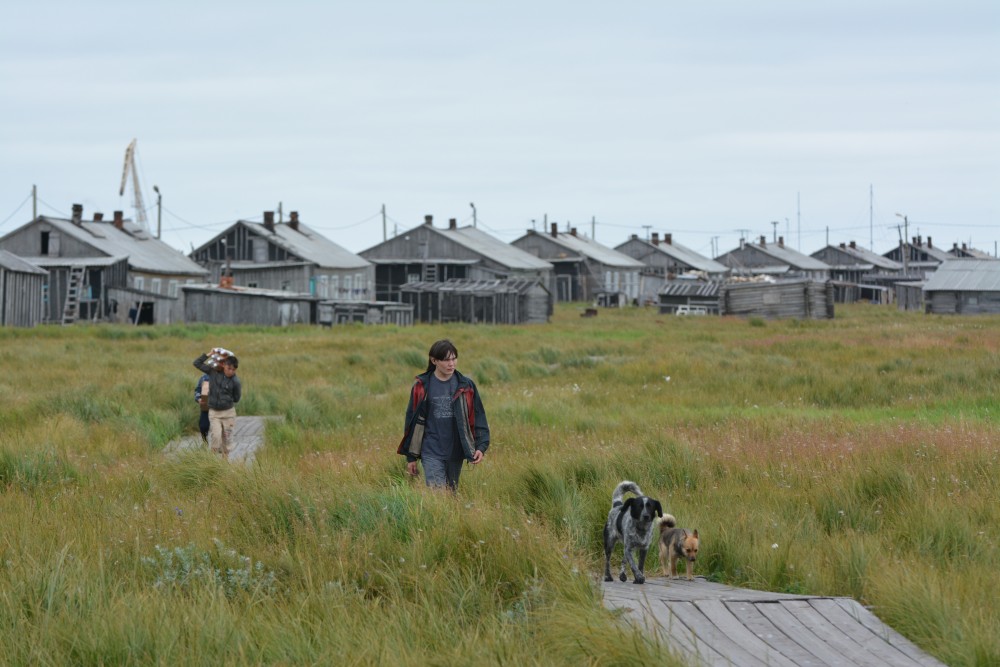Scientists fear more lung cancer as radon is released from thawing permafrost
Russian research suggested that uranium currently trapped in permafrost could cause higher levels of atmospheric radon in the Arctic.

Thawing permafrost could lead to an increased risk of lung cancer, researchers from the Federal Center for Comprehensive Study of the Arctic at the Russian Academy of Science have hypothesized.
Massive amounts of uranium are stored in high concentrations underground in the Arctic, and a product of uranium decay is radon gas. Normally, radon is contained in the soil by layers of ground and snow atop of it. However, as permafrost thaws, the radioactive gas seeps out from underground and is released into the atmosphere.
When humans breathe radon gas, their lungs are exposed to radiation. Radon is naturally present in air in small amounts and in such small amounts is fairly harmless, according to the U.S. Environmental Protection Agency. However, constant exposure to the gas or to more concentrated quantities of it, can damage the lining of the lungs. This in turn, increases the chances of developing lung cancer. According to EPA, radon gas is the second greatest contributor to lung cancer after smoking.
Permafrost thawing caused by climate changes will increase atmospheric radon levels, which could have serious health effects on humans and animals in the region, according to the Russian science study.
As radon gas is both odorless and colorless, it can be difficult to identify. Arctic animals will not instinctively know that they are in danger. They are likely to continue living in the area but will be increasingly dying prematurely due to higher cancer rates. Local populations will also have difficulty identifying dangerously high levels of the gas without the proper equipment.
It is predicted that if temperatures in the Arctic continue increasing at the pace they have up until now, by the end of the century, about 2.5 million square miles of permafrost will melt. That is 40 percent of the world’s total permafrost, according to estimates by researchers at the Yale University. The Arctic Institute estimates that in the case of global temperatures increasing by 3 degrees Celsius, up to 85 percent of the Arctic’s top permafrost layers will thaw.